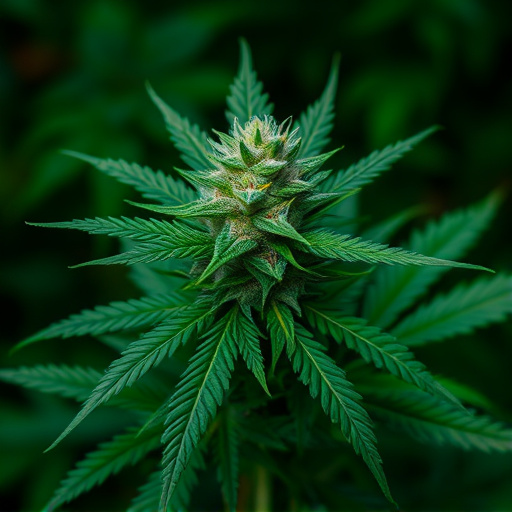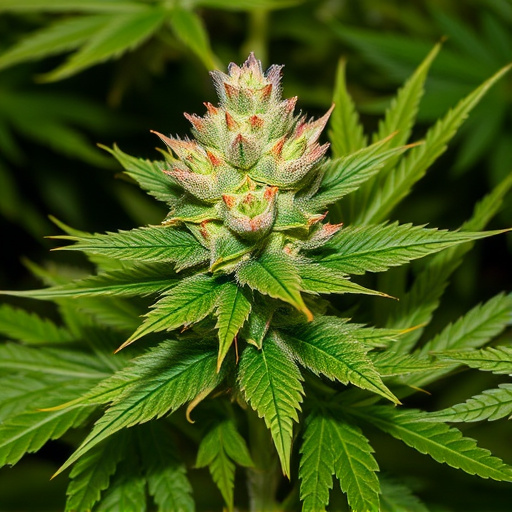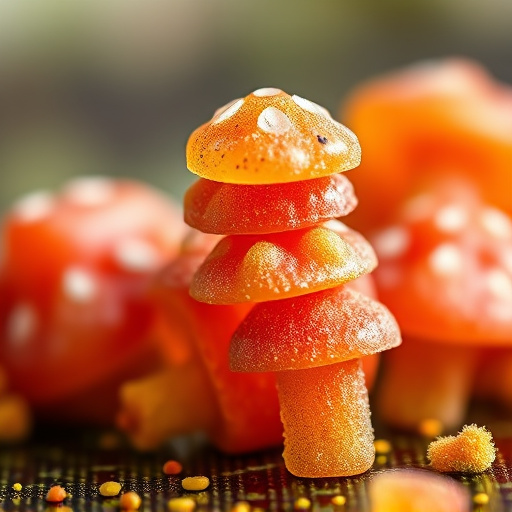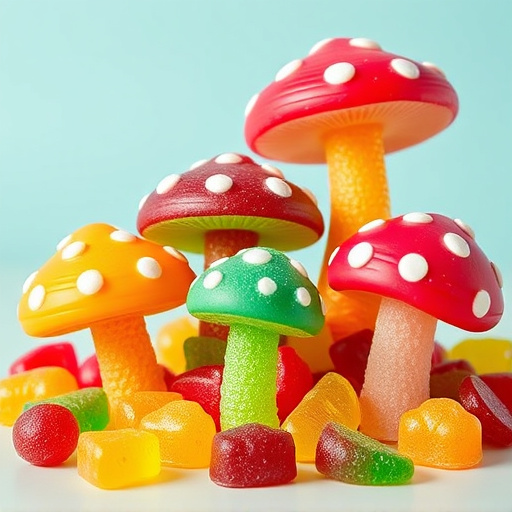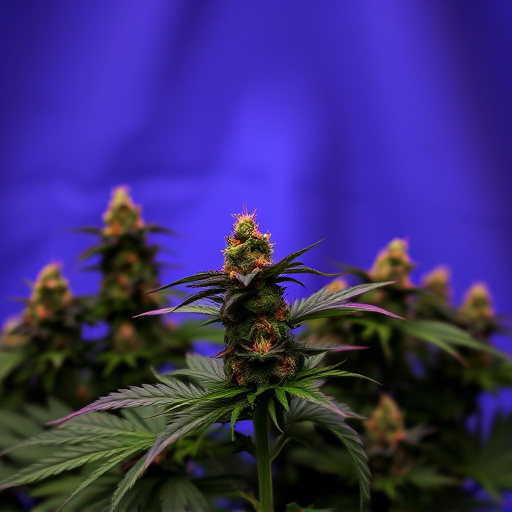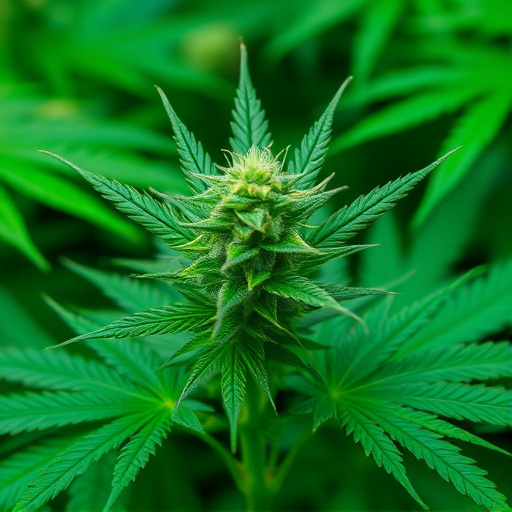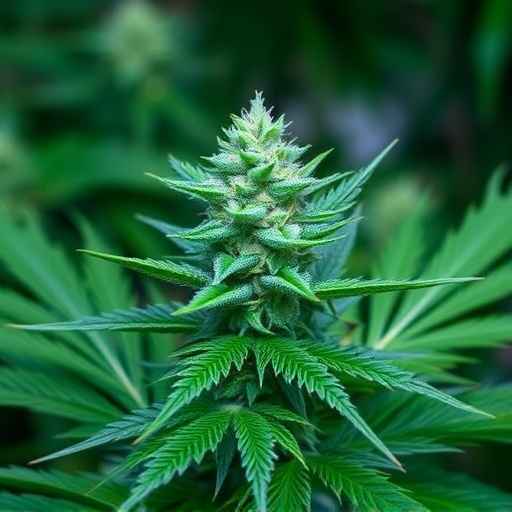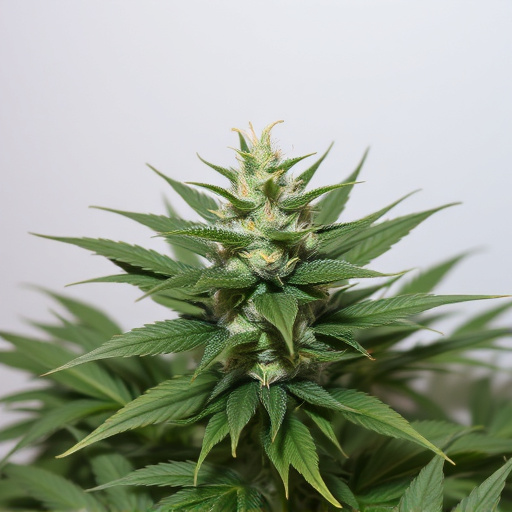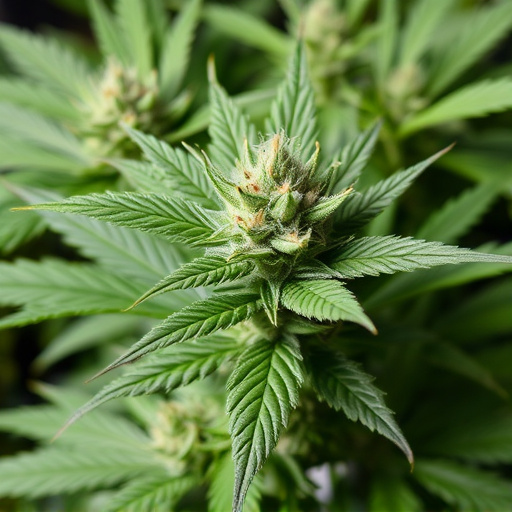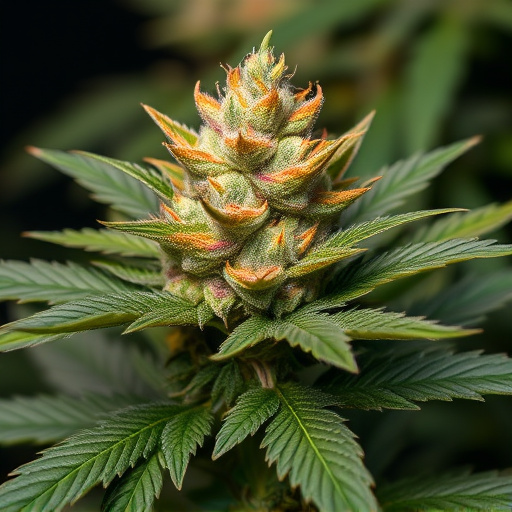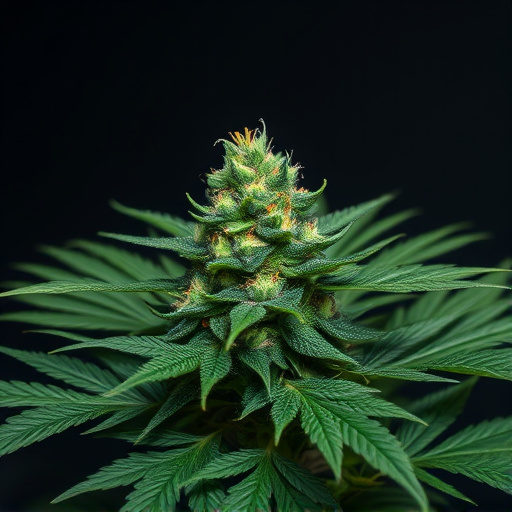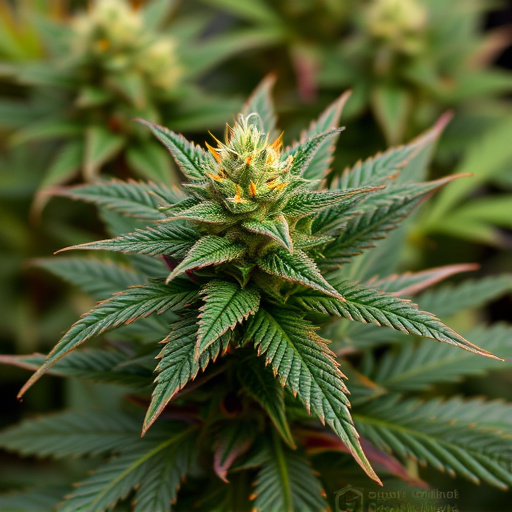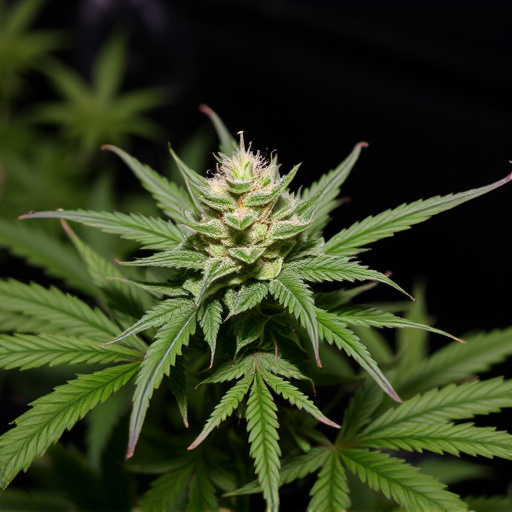Drug tests commonly detect illegal substances, but false positives from cannabis, especially potent indica strains, are common due to lingering THC metabolites. Understanding cannabis pharmacokinetics is crucial for interpreting test results, as legalization and acceptance drive higher use. Good indica strains, popular for their relaxing effects, have high THC levels, leading to longer detectability. Certain hybrids may also contain elevated CBD. High-quality varieties with unique chemical profiles and subtle effects are less likely to trigger positive tests, aiding discreet consumption.
“Unraveling the complexities of drug testing, this article explores how cannabis, particularly good indica strains, can show up in tests. With a focus on understanding drug test mechanisms, we delve into the science behind cannabis detection. We examine the impact of indica strains on these tests and provide insights into their unique properties.
Key sections include ‘Understanding Drug Tests and Their Mechanisms’ and ‘Decoding Indica Strains’, offering a comprehensive guide to navigating cannabis-related drug testing.”
- Understanding Drug Tests and Their Mechanisms
- The Role of Cannabis in Drug Testing: A Comprehensive Look
- Decoding Indica Strains: Their Effects and Detection in Drug Tests
Understanding Drug Tests and Their Mechanisms
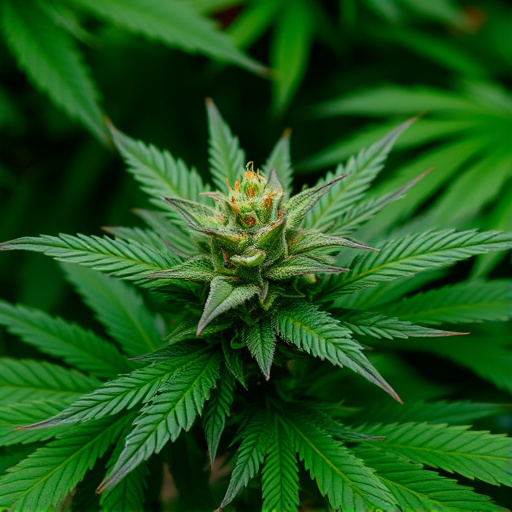
Drug tests have become increasingly prevalent in various settings, from workplace screenings to legal proceedings. These tests are designed to detect the presence of illegal substances or their metabolites in an individual’s system. Understanding how and why drug tests work is crucial when discussing the potential for false positives, especially considering the prevalence of cannabis use.
Among the many cannabis strains, good indica strains are known for their relaxing and sedative effects due to high levels of THC (tetrahydrocannabinol) and other cannabinoids. However, these same compounds can remain in the body for extended periods, leading to positive drug test results even after consumption days or weeks prior. The metabolism of cannabis involves breaking down THC into various byproducts that can be detected in urine, blood, or hair samples. This is why it’s essential to consult with medical professionals and researchers who specialize in cannabis pharmacokinetics to understand the potential impact of specific strains on drug test outcomes, particularly for good indica strains known for their potent effects.
The Role of Cannabis in Drug Testing: A Comprehensive Look
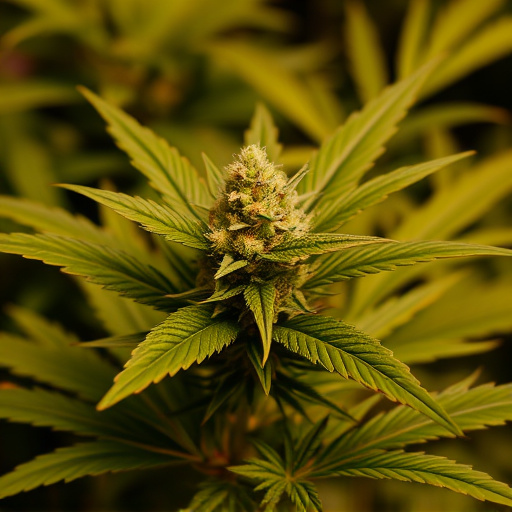
Cannabis, or marijuana, has long been a subject of interest in drug testing due to its increasing legalization and changing societal perceptions. When it comes to drug tests, detecting cannabis use can be complex. This is because cannabis compounds, such as THC (tetrahydrocannabinol), the primary psychoactive component, are metabolized and eliminated from the body at varying rates.
Understanding this metabolism is crucial in interpreting test results, especially when focusing on good indica strains known for their high THC content. Indica plants, with their relaxing and sedative effects, often cater to users seeking relief from stress, anxiety, or chronic pain. These strains can lead to higher concentrations of THC in an individual’s system, making them more detectable during drug tests. Therefore, a comprehensive look at cannabis and its impact on testing involves examining the unique challenges posed by different strains and their potential to reveal positive results.
Decoding Indica Strains: Their Effects and Detection in Drug Tests
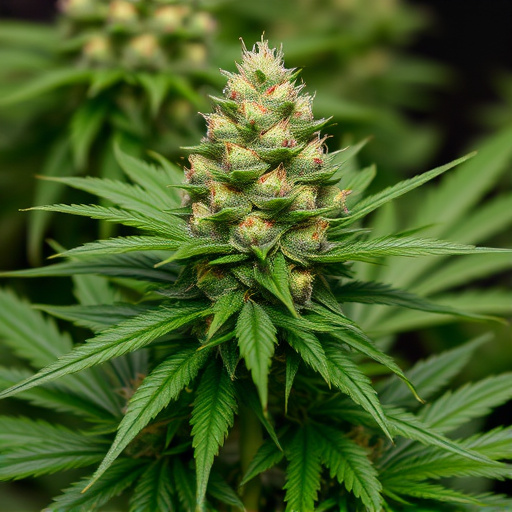
Indica strains, known for their calming and relaxing effects, are among the most popular varieties among cannabis users. When it comes to drug testing, understanding the properties of good indica strains is crucial. These plants often have higher levels of THC (tetrahydrocannabinol), which can significantly increase the chances of a positive test result. Certain indica hybrids with complex genetic backgrounds may even contain elevated levels of CBD (cannabidiol), further enhancing their detectability.
Despite their potential to show up on drug tests, some good indica strains are less likely to be flagged due to their specific chemical profiles. For instance, breeds with higher CBG (cannabigerol) content or unique terpene combinations may offer a smoother experience without raising red flags in standard tests. Users seeking to minimize the risk of detection should opt for high-quality indica varieties known for their subtle effects and nuanced aromas, ensuring a more discreet cannabis consumption experience.
Weed, or cannabis, can be a tricky substance to navigate, especially when it comes to drug testing. Understanding how it shows up in these tests is key to ensuring fairness and accuracy. This article has delved into the mechanics of drug testing, explored the role of cannabis, and decoded the effects of indica strains, offering insights into their detection. By recognizing the subtle differences and the science behind it, individuals can make informed choices, especially when aiming for employment or legal compliance. When looking for good indica strains known for their low THC content or specific properties that might not trigger positive test results, responsible consumption and awareness become paramount.
